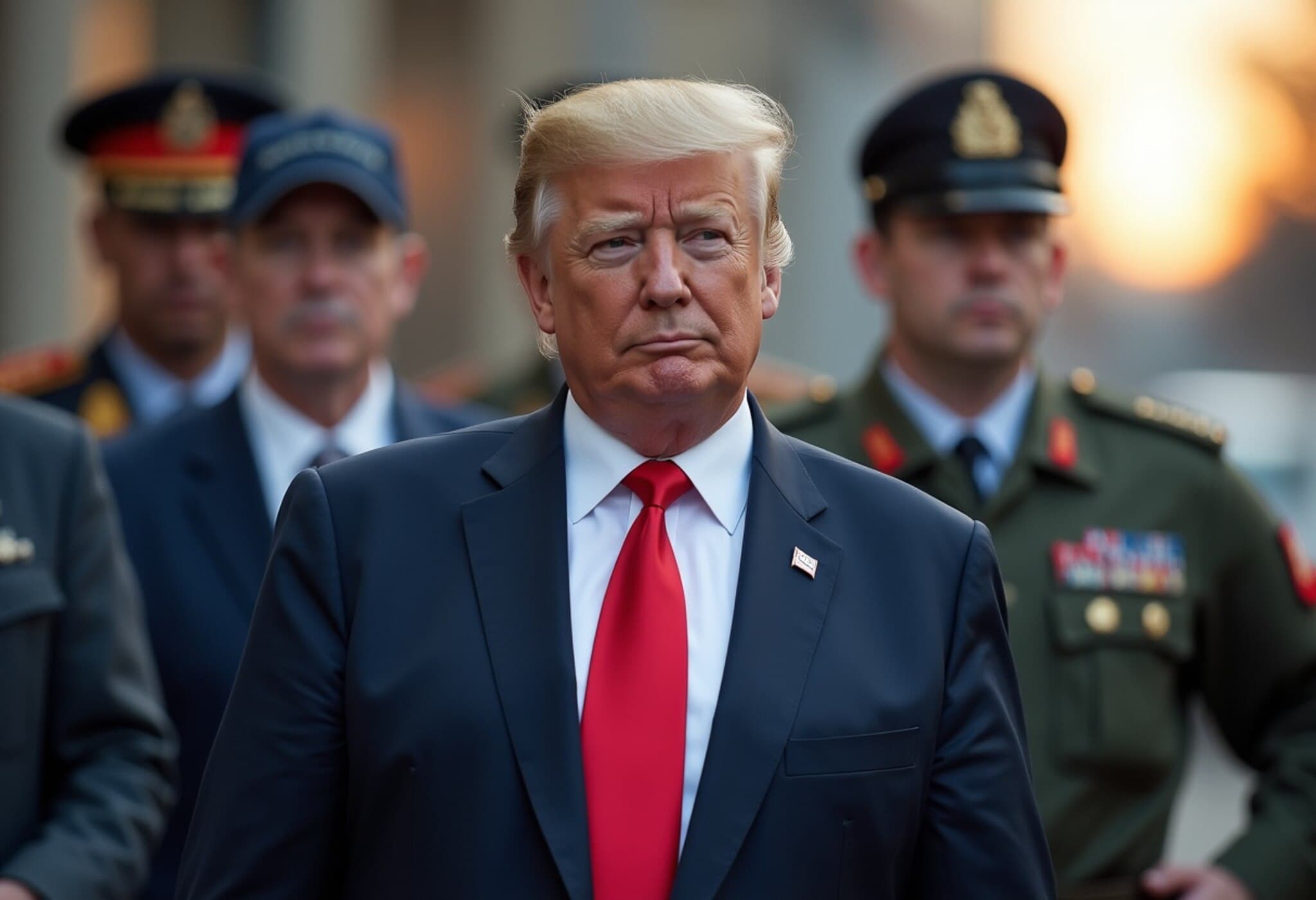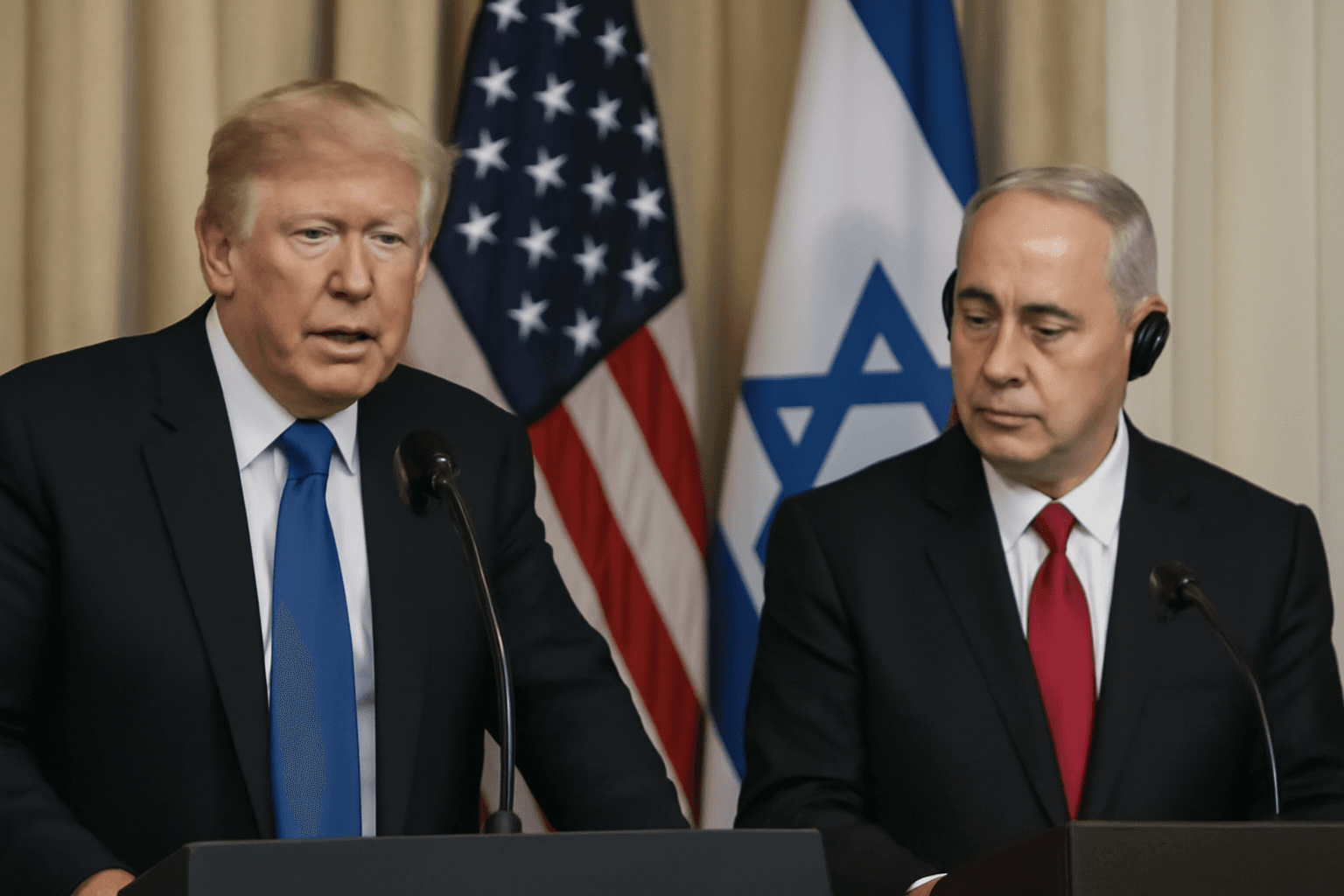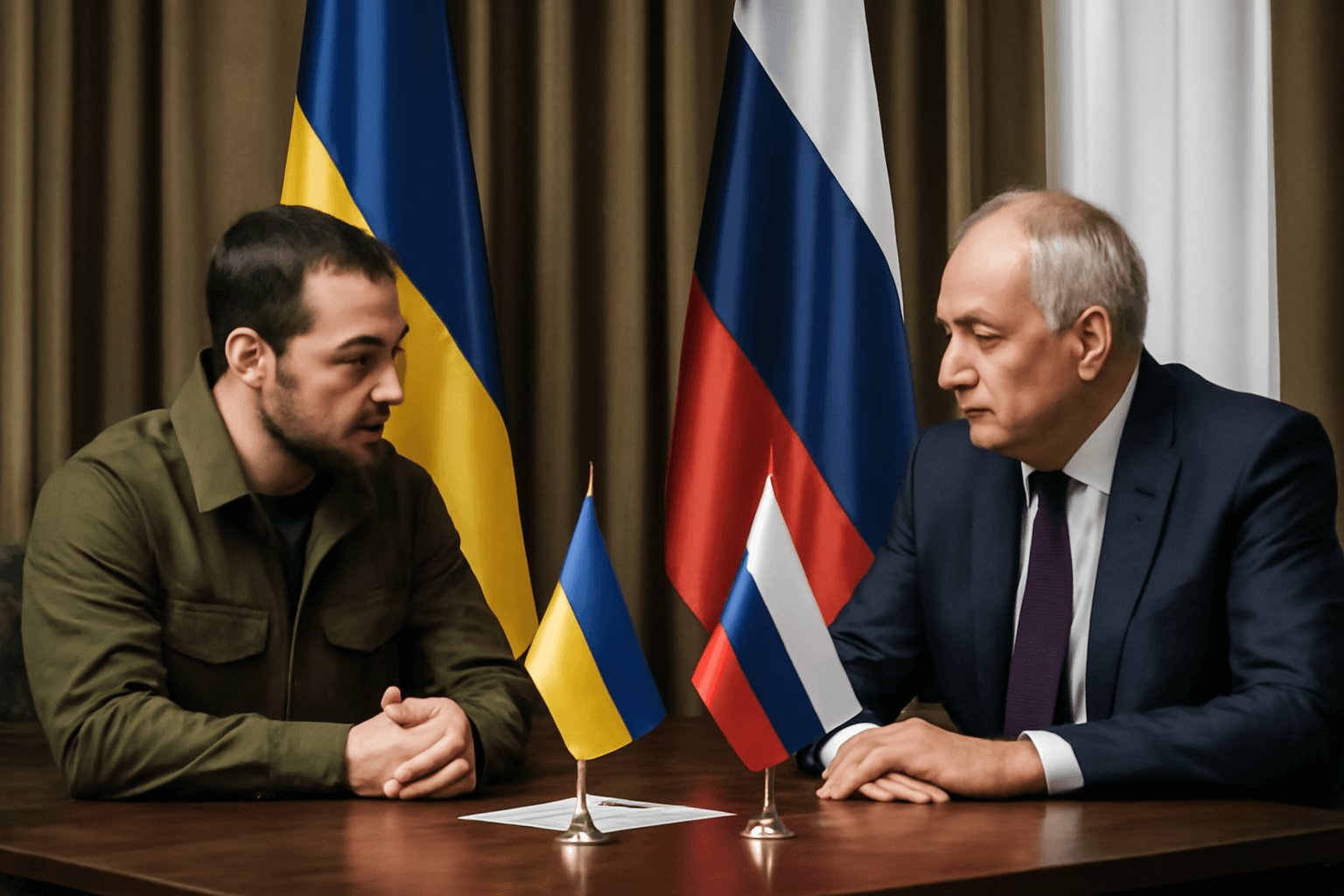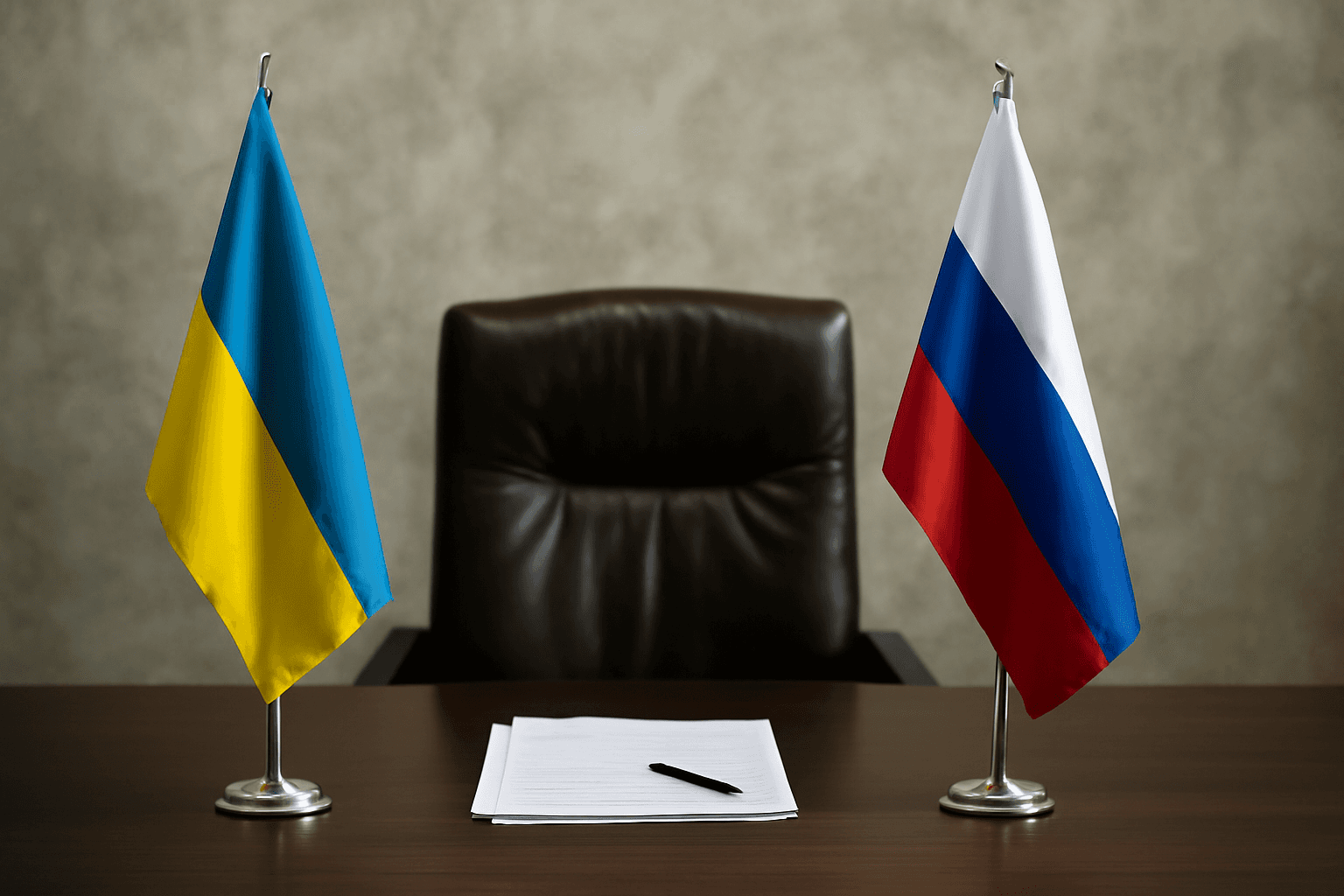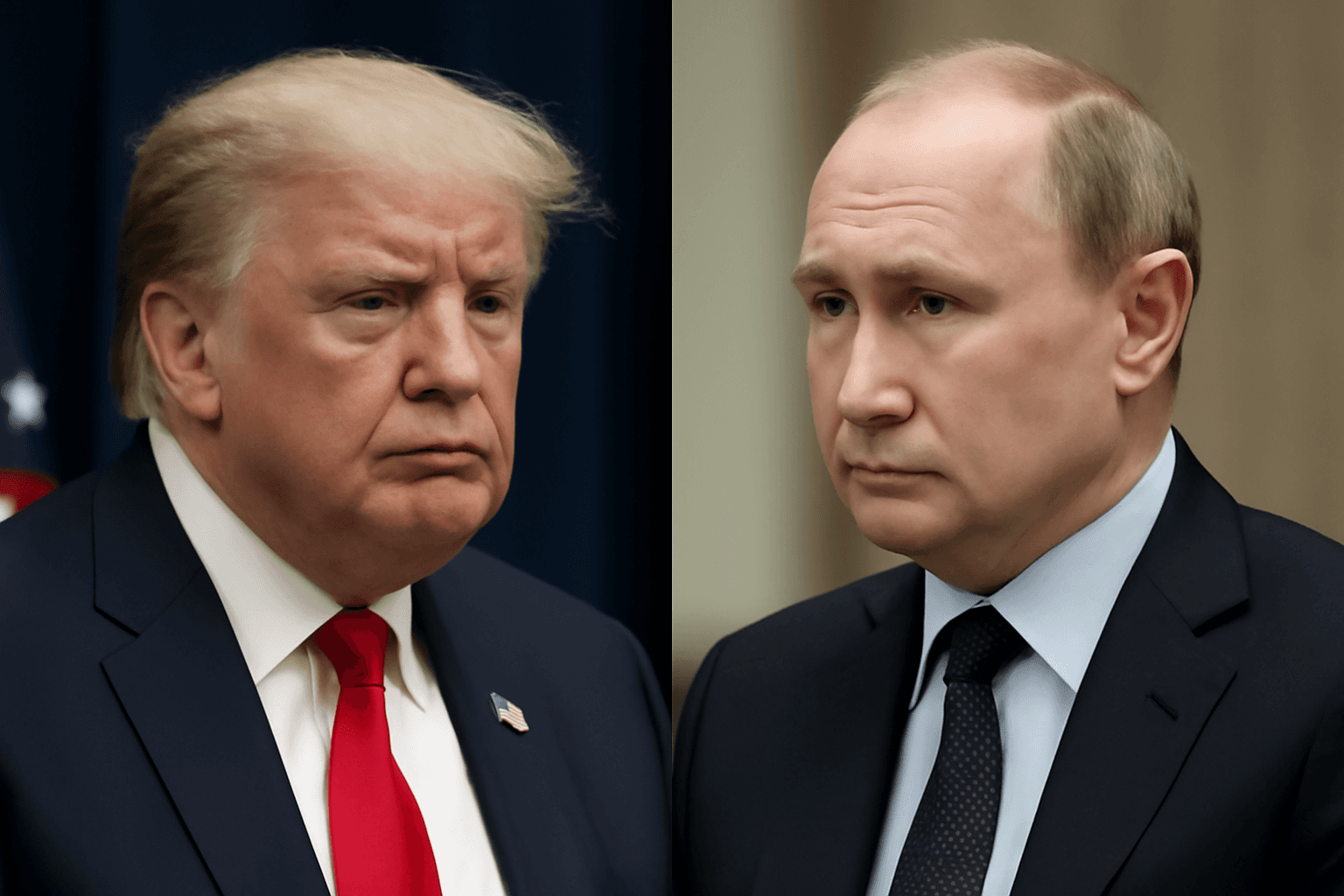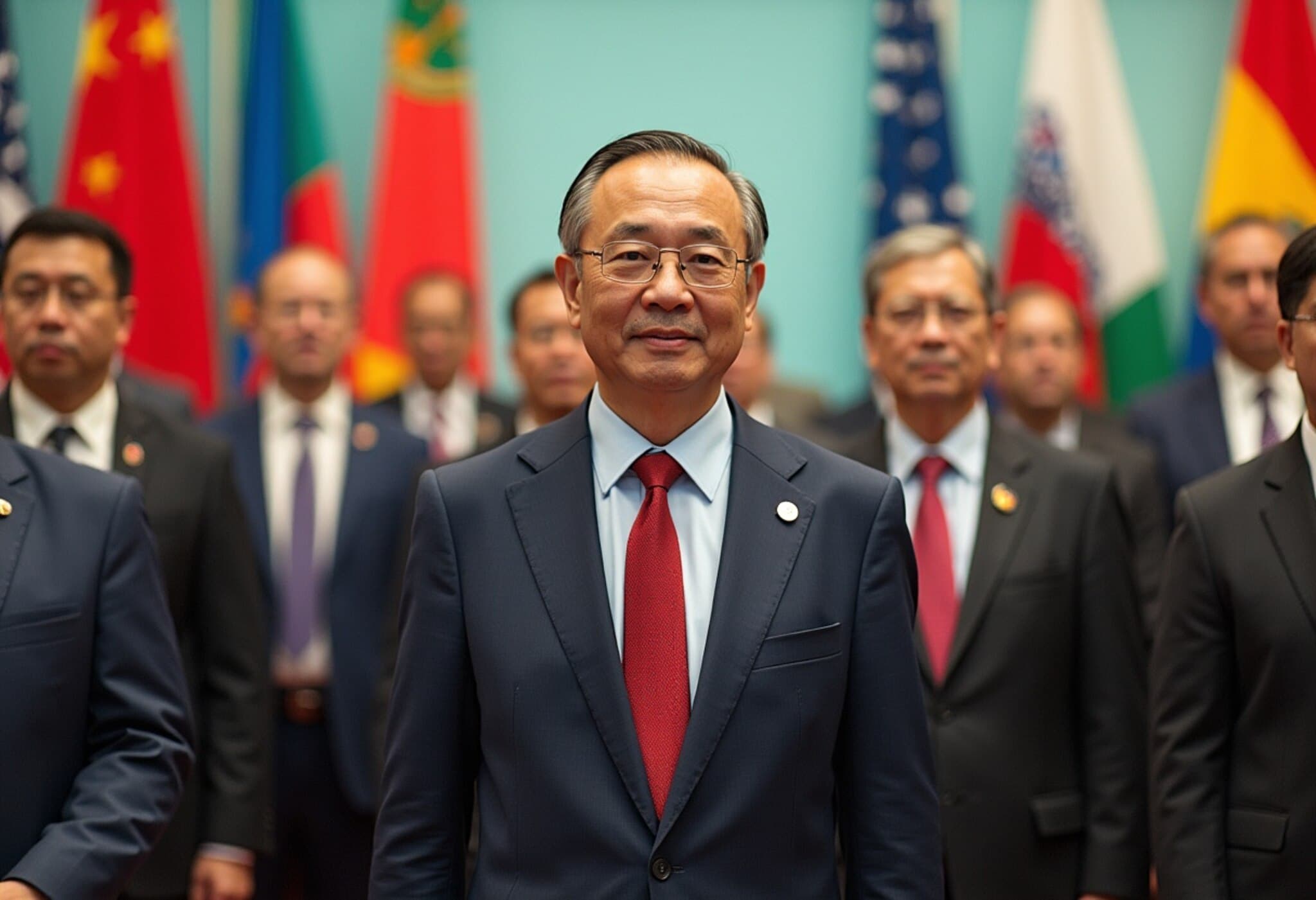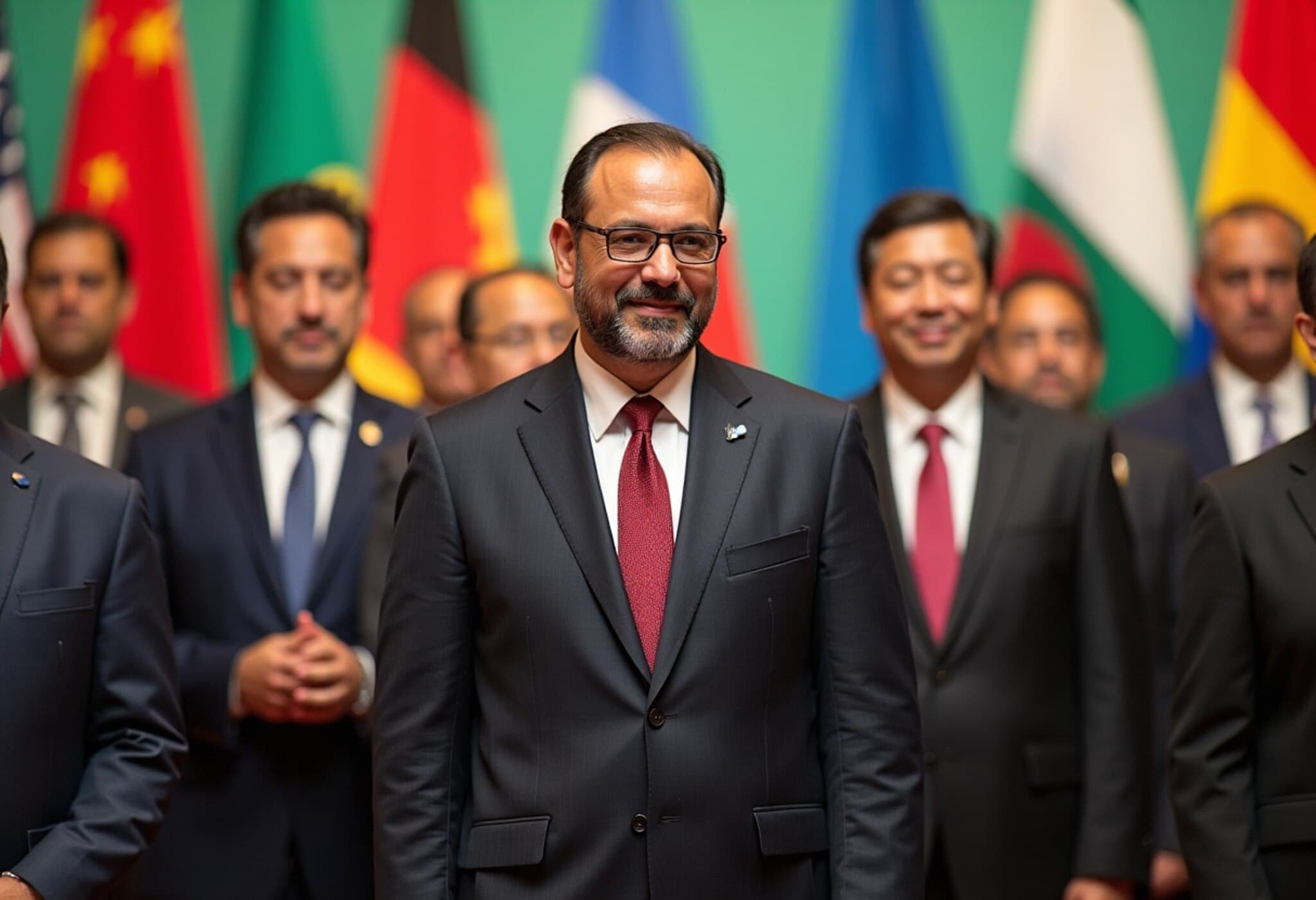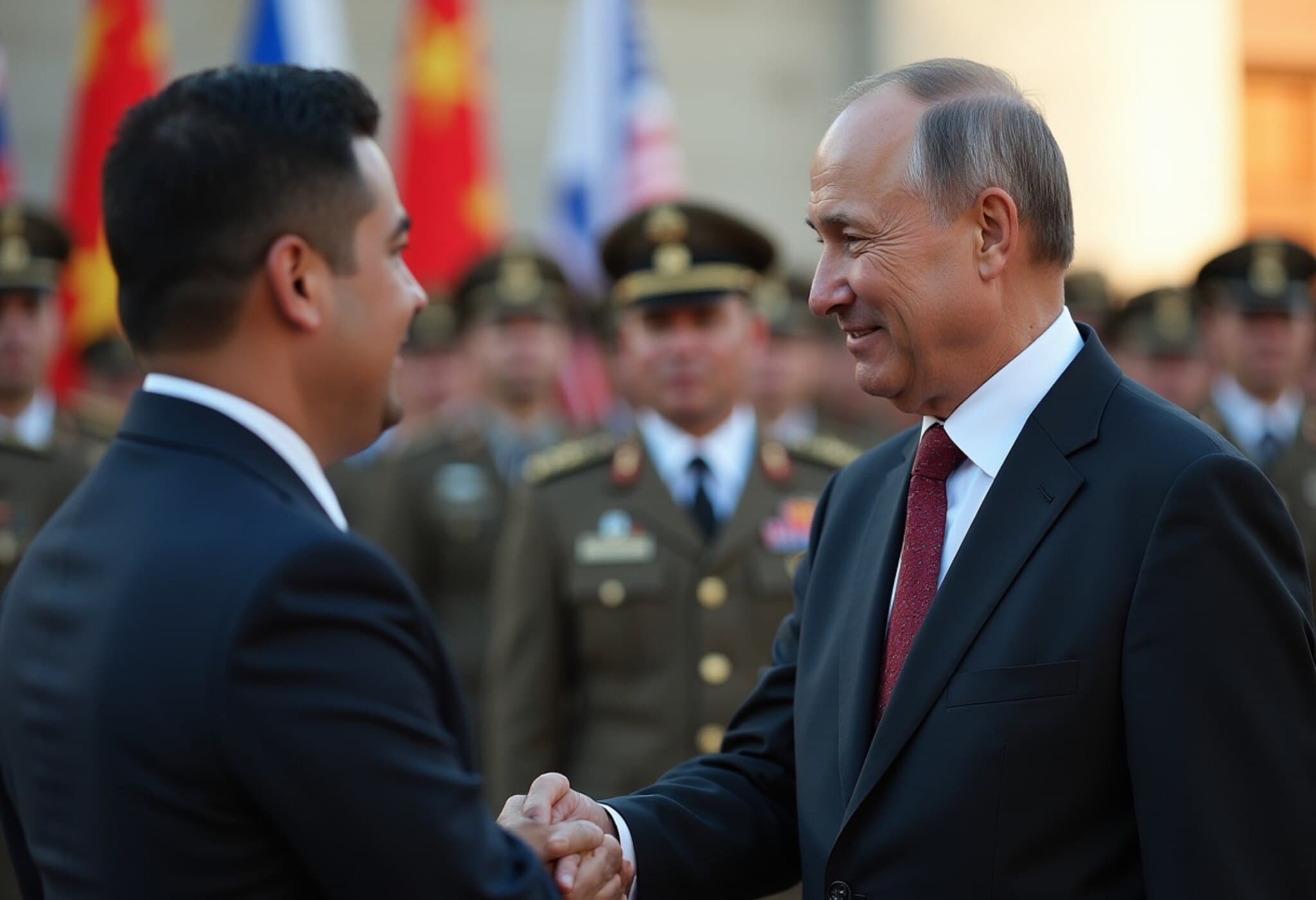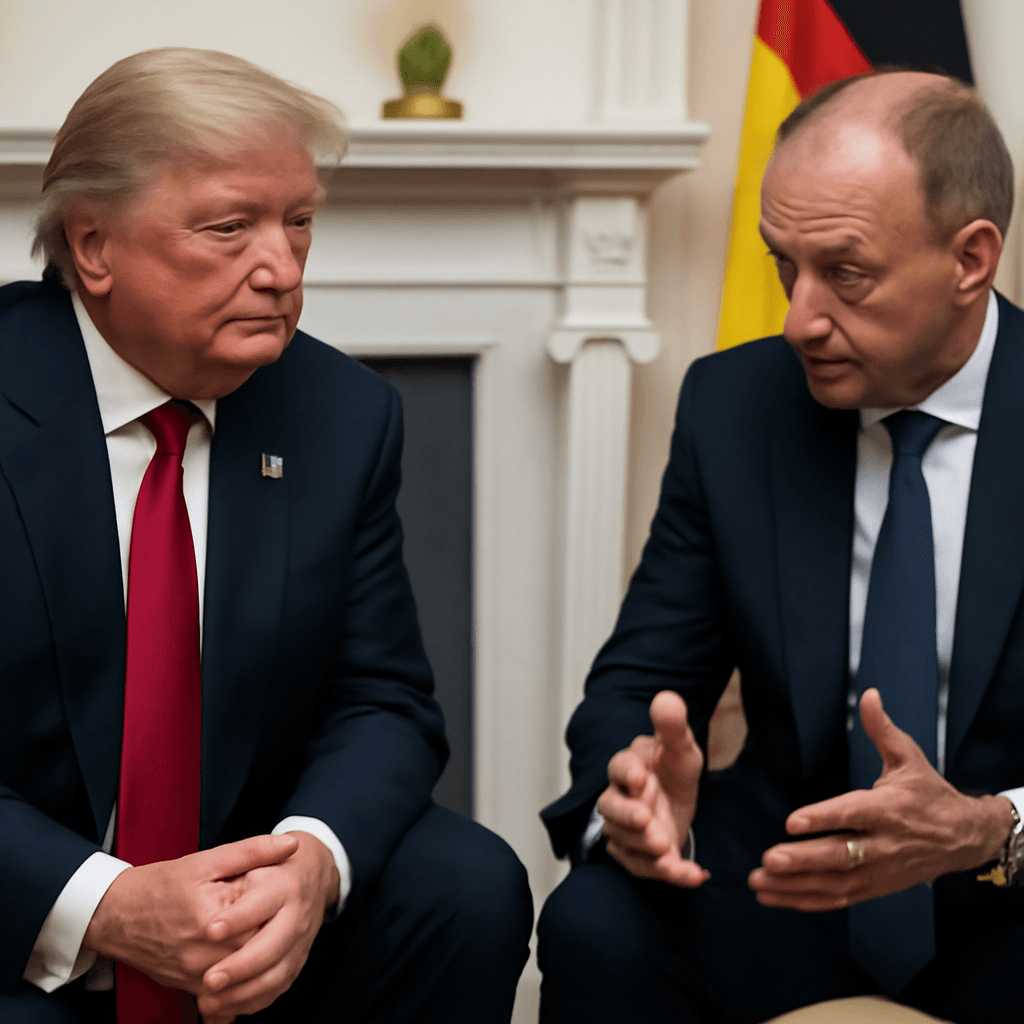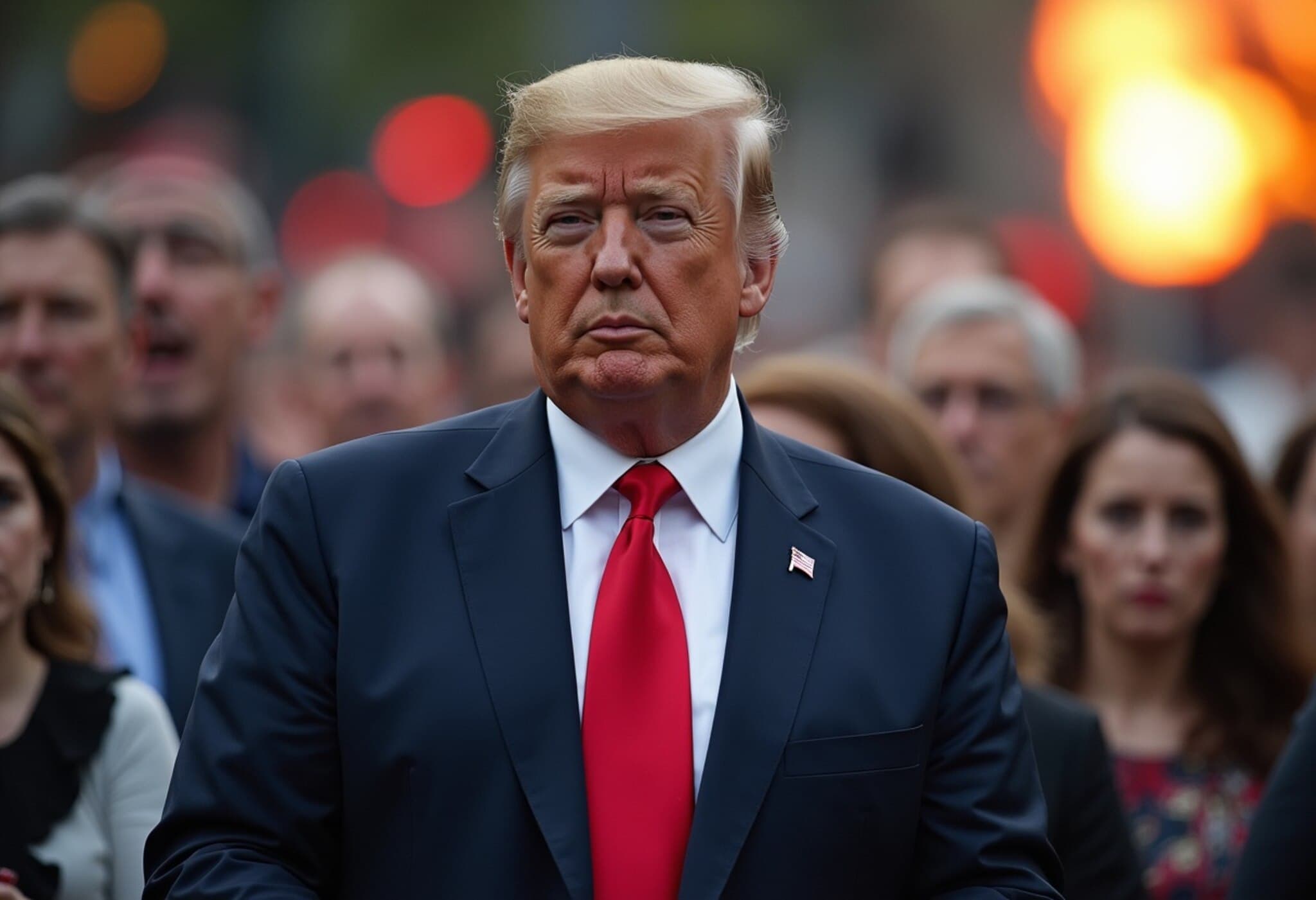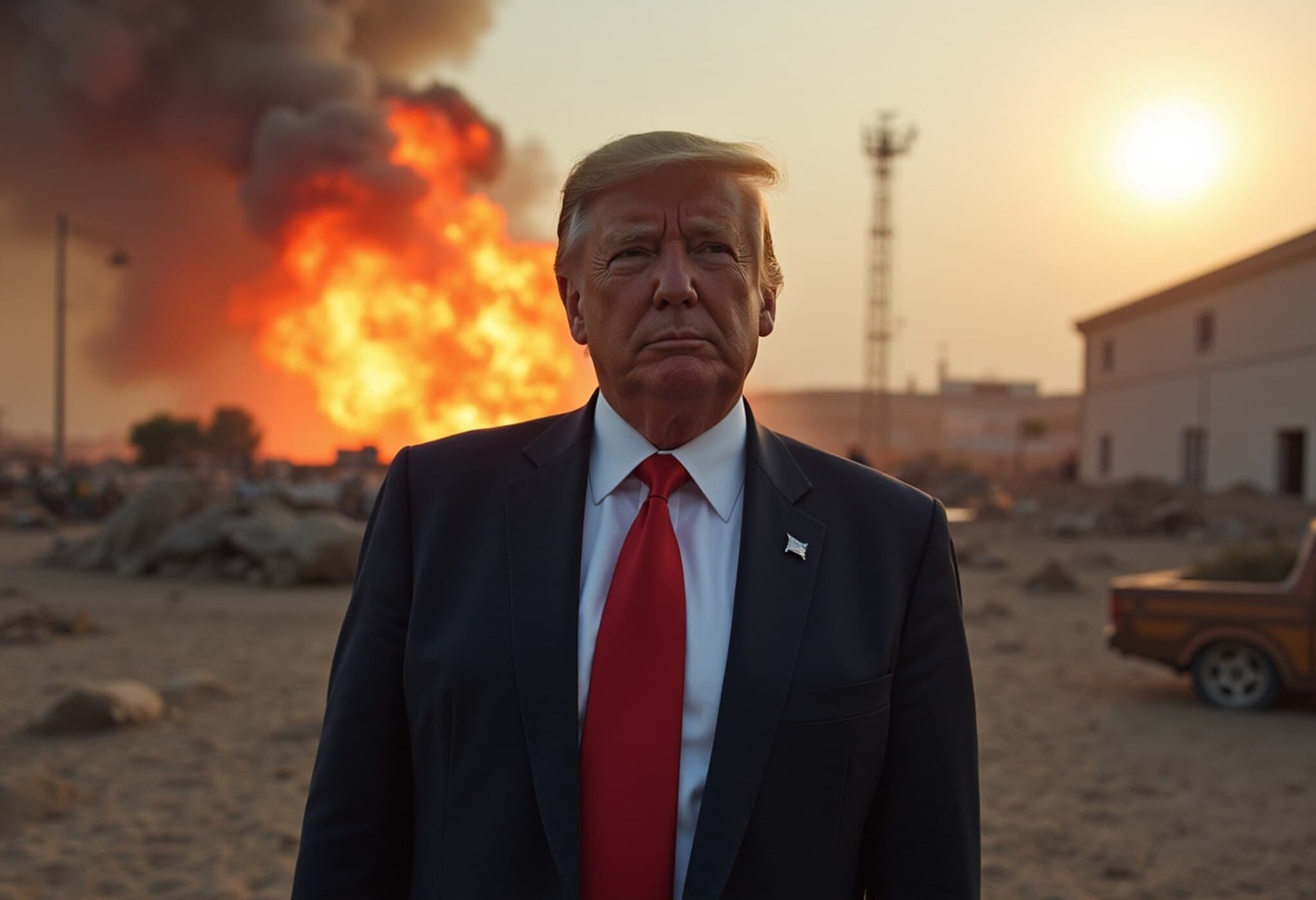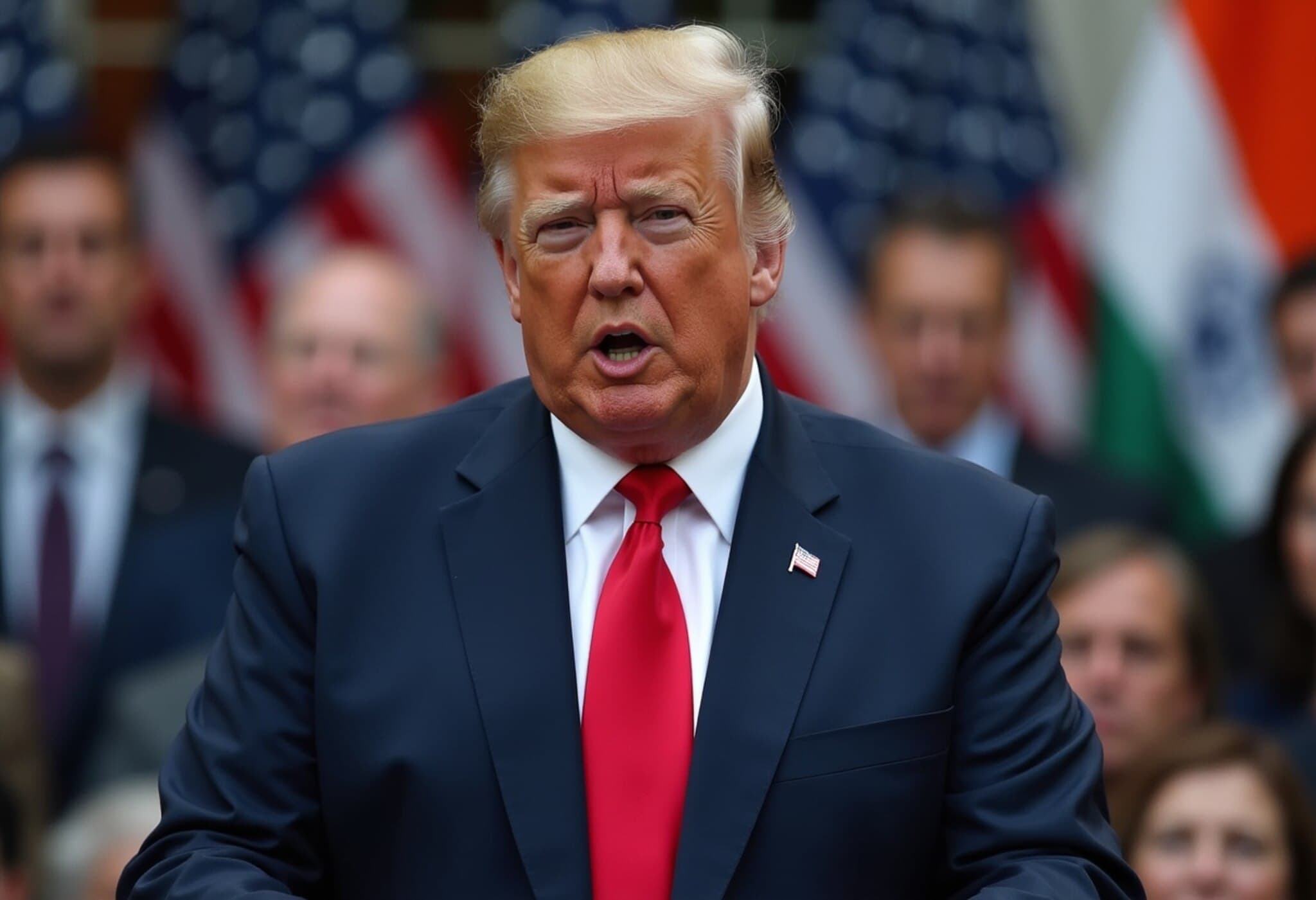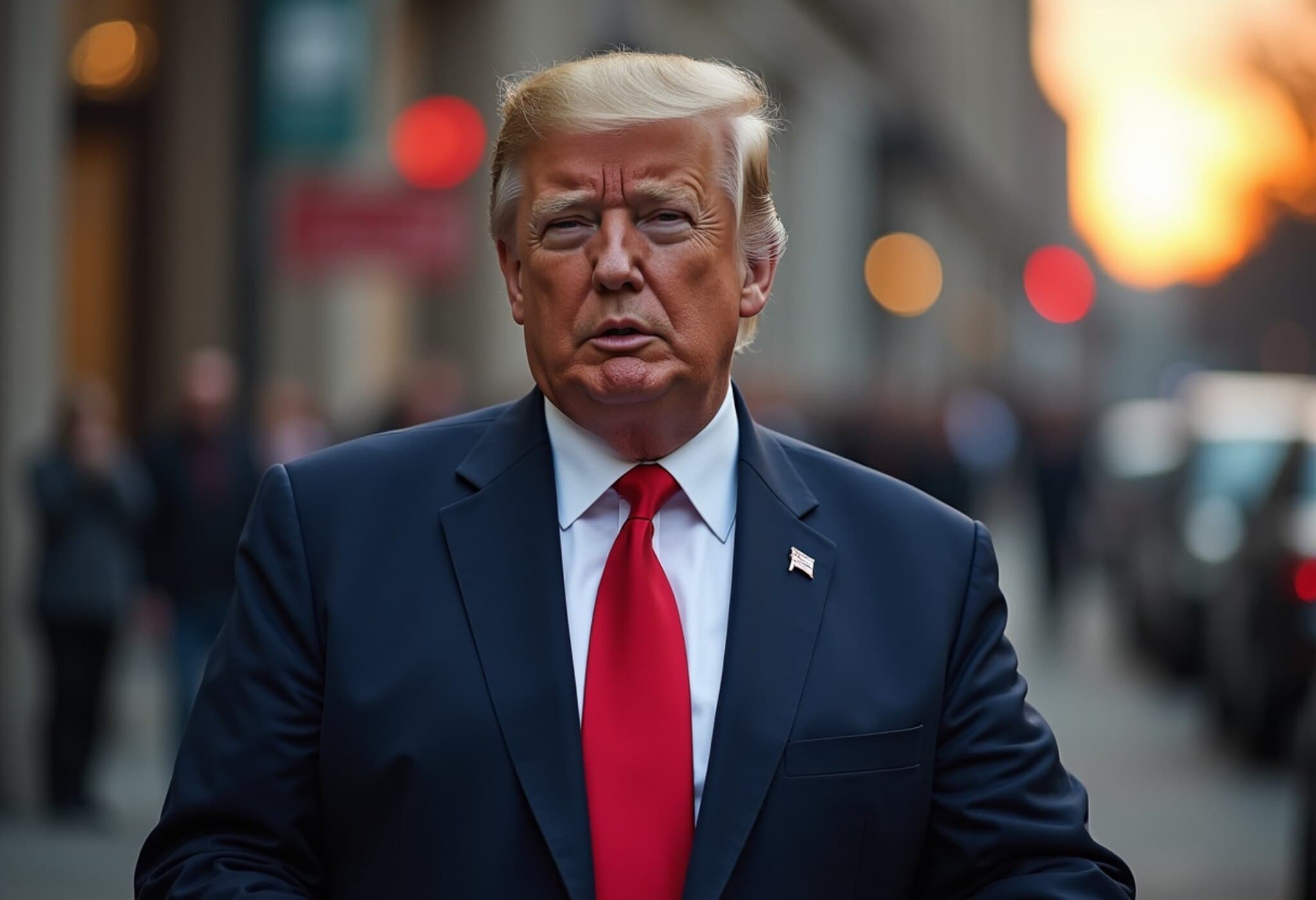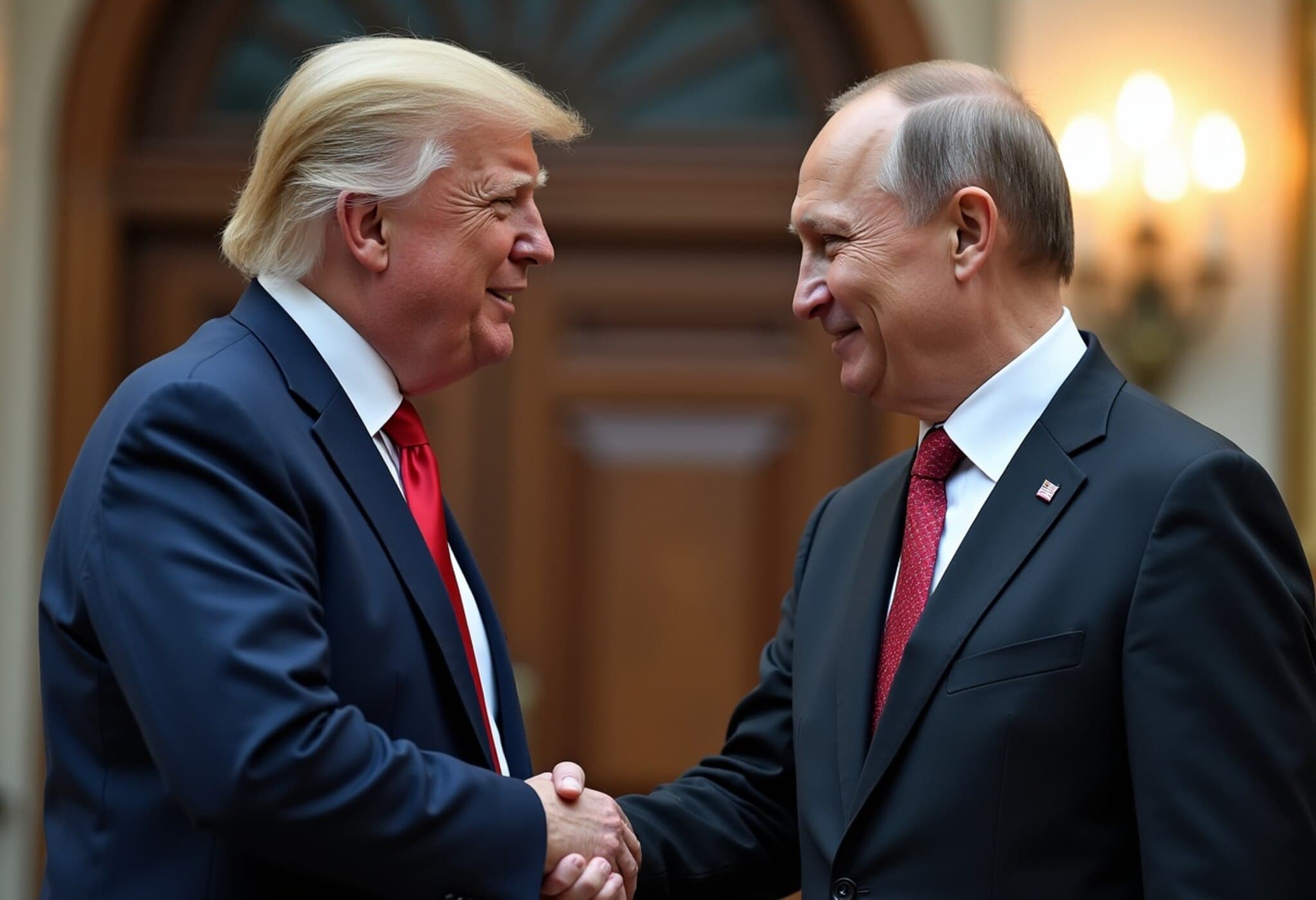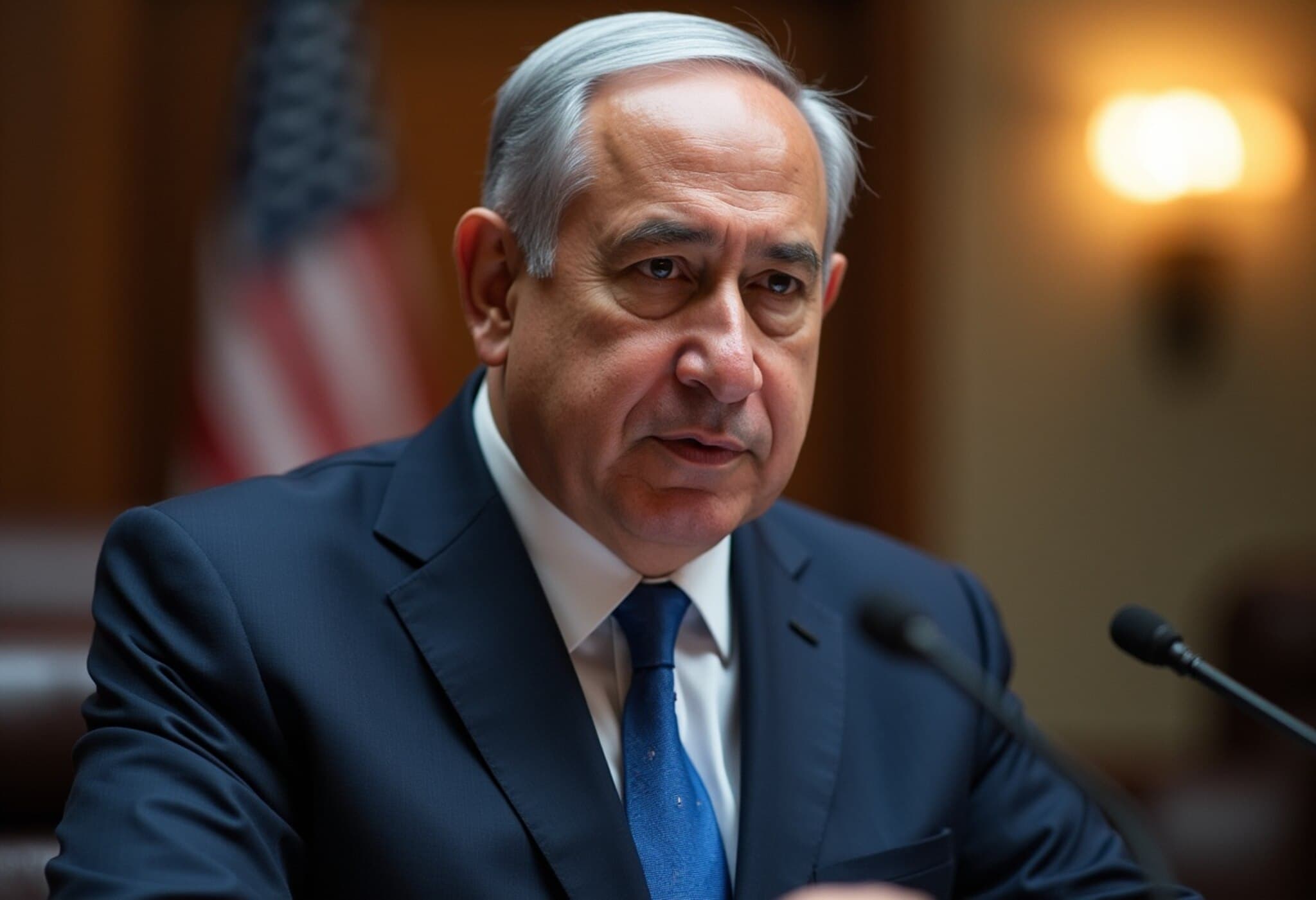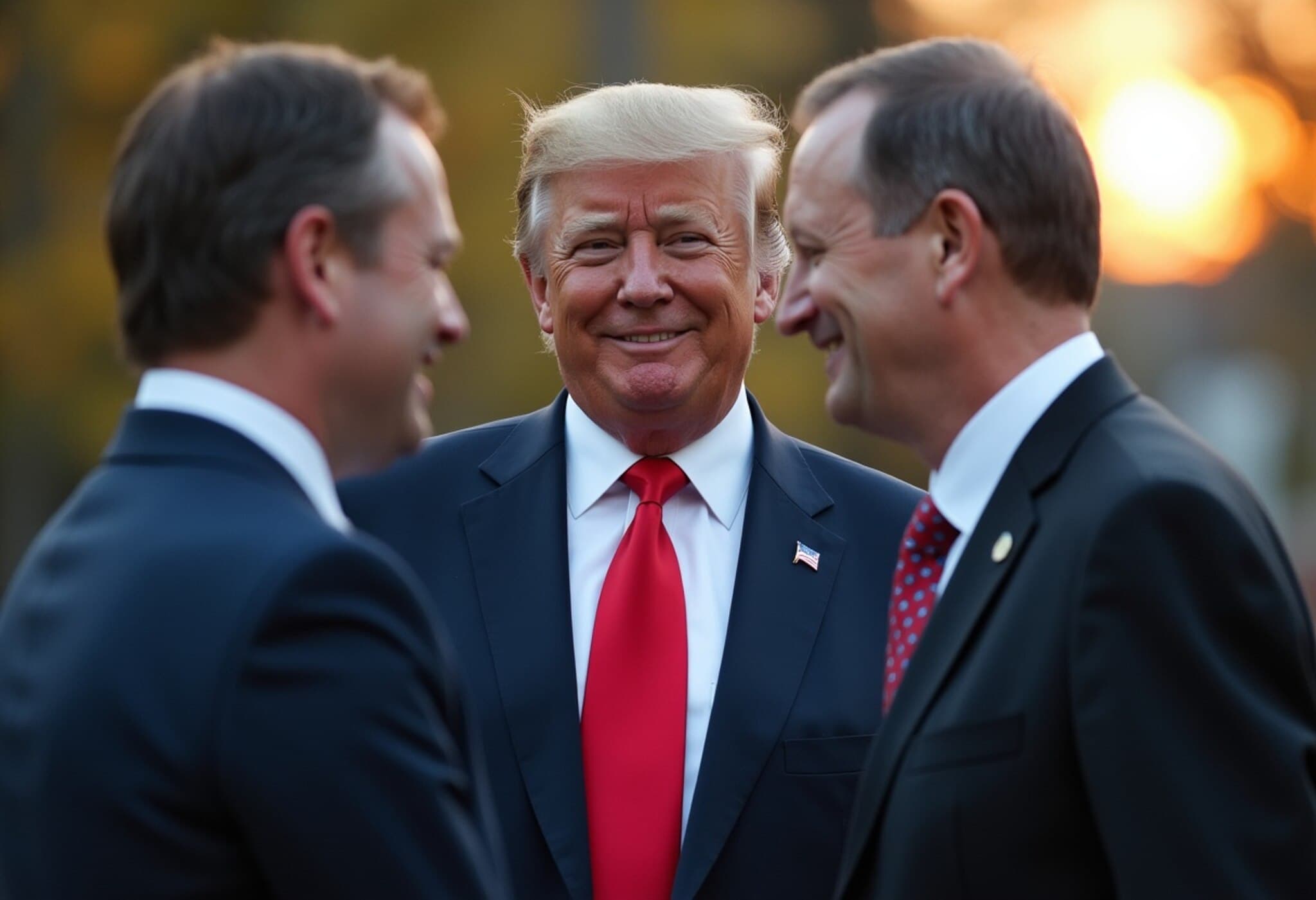Trump’s 50-Day Tariff Timeline: A Window for Putin’s War Strategy
In a recent geopolitical twist, former US President Donald Trump announced a 50-day ultimatum threatening tariffs on Russia amid the ongoing war in Ukraine. However, instead of pressuring Moscow, this delay arguably grants Russian President Vladimir Putin a strategic green light to intensify military operations without immediate economic consequences.
According to reports, Putin revealed plans during a July 3 call with Trump to initiate a renewed ground offensive designed to maximize territorial control, with a timeline of roughly 60 days—concluding around September 1. Trump’s tariff threat, set to take effect after 50 days (early September), effectively aligns with Putin’s offensive window, allowing Russian forces to ramp up operations unimpeded.
Why the Tariff Threat Rings Hollow
Economically, the leverage Trump claims through tariffs is questionable. The US-Russia bilateral trade volume is minimal—around $3.5 billion annually—with imports and exports barely amounting to sums that can significantly impact Russian war funding. Moreover, tariffs are traditionally borne by importers within the tariff-imposing country—in this case, American businesses—not directly by Russia.
More complex trade mechanisms, such as secondary tariffs targeting nations trading with Russia (e.g., China and India), present a stronger tactic, depriving Russia of international revenue streams supporting its war efforts. However, imposing these could jeopardize critical US trade relationships and risk retaliation, particularly from China, which holds sway over rare earth elements crucial to US tech industries.
Geopolitical Context: The Pitfalls of Trade as War Leverage
Trump’s approach reflects a familiar pattern of using tariffs as a catch-all solution to geopolitical challenges. While trade sanctions have historically part of broader diplomatic strategies, their effectiveness hinges on scale, precision, and timing. In Russia’s case, limited trade engagement and the resilience of its economic partners dilute the potential impact. Additionally, the timing of Trump’s announced tariff delay may inadvertently facilitate Putin’s aggressive military agenda.
Potential Paths Forward: How Trump Could Still Influence the Conflict
Despite the apparent strategic misstep, there remains room for impactful US involvement in aiding Ukraine’s defense. Trump has suggested sending advanced military equipment, including Patriot air defense systems and long-range missiles, which could enhance Ukraine’s capability to deter and strike back against Russian offensives.
Notably, reports indicate Trump discussed with Ukrainian President Volodymyr Zelenskyy the prospect of striking deep within Russian territory, including Moscow, a notion Ukraine could entertain given the right resources. However, the credibility of Trump’s commitment remains under scrutiny, given his previous administration’s decisions that hindered Ukraine’s defense capabilities and intelligence cooperation.
Historical Context: Previous US-Ukraine Relations Under Trump
Earlier in the conflict, Trump’s administration paused military support and intelligence sharing with Ukraine, offering Russia a strategic pause to repel Ukrainian advances, notably in the Kursk region. This move allowed Russia to reclaim territory and weakened Ukraine’s negotiation leverage in peace talks, underscoring the real-world consequences of fluctuating US policy.
Expert Analysis: The Broader Implications for US Foreign Policy
This episode highlights the complexity of integrating economic tools with military and diplomatic strategy. The interplay between tariffs, military aid, and geopolitical signaling shapes both the conflict’s trajectory and international perceptions of US leadership.
Analysts warn that symbolic threats without firm follow-through risk emboldening adversaries and undermining allies’ trust. The nuanced realities of trade relations and military logistics must inform coherent policies that balance economic pain with strategic gain.
Editor’s Note: Navigating the Crossroads of Strategy and Timing
Trump’s 50-day tariff threat is more than a mere political gesture; it is a pivotal moment that could reshape the battlefield dynamics in Ukraine. While tariffs alone offer limited leverage, their timing in relation to Putin’s offensive raises critical questions about the calculus behind US responses to international aggression.
As the world watches, the pressing question remains: will US policy adapt to prioritize strategic alignment over symbolic posturing? The future of Ukraine’s sovereignty and the balance of power in Eastern Europe hang in the balance.

